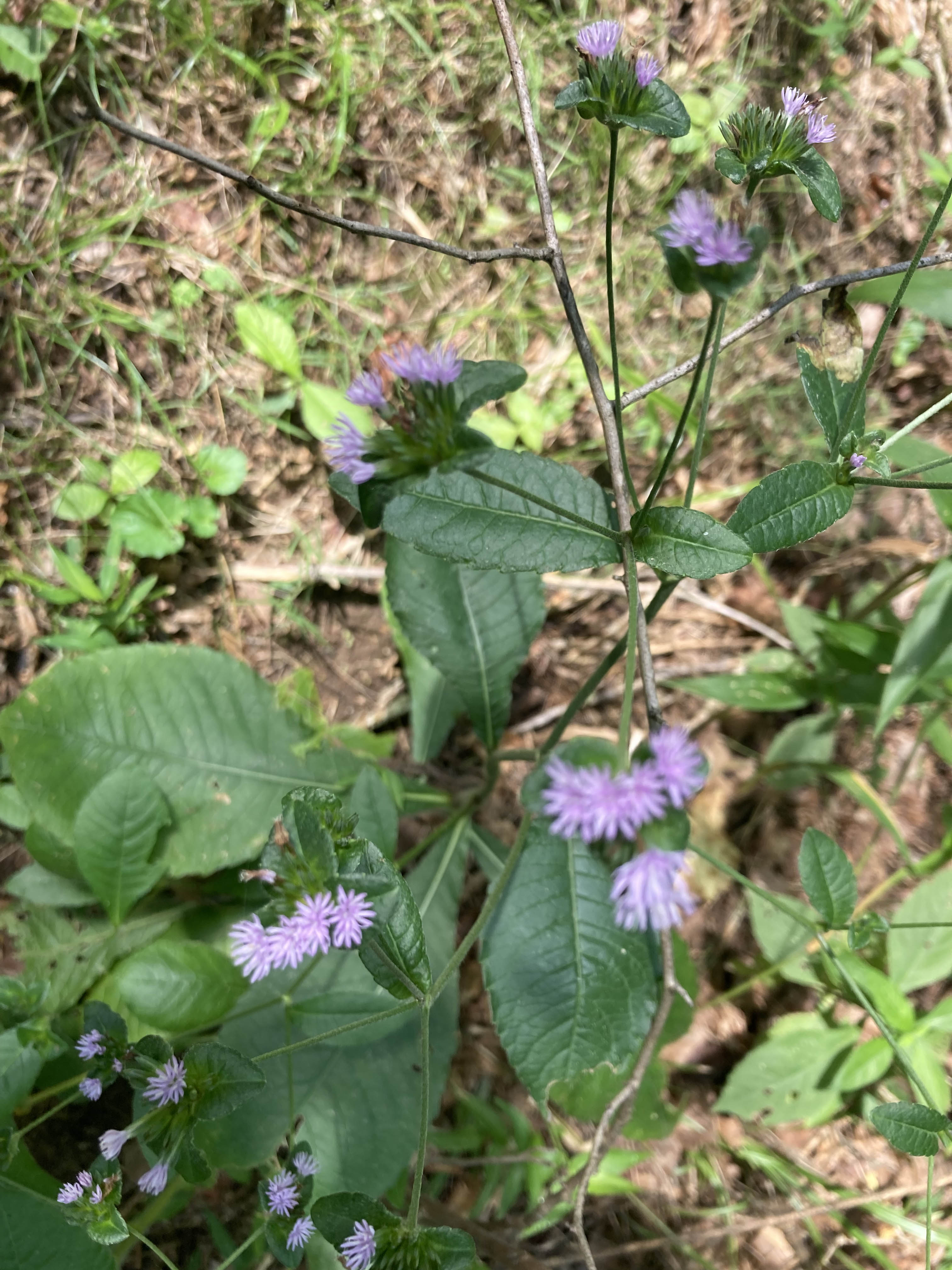Magical Times
Contact
University of Arkansas System Division of Agriculture
Cooperative Extension Service
2301 S. University Ave.
Little Rock, AR 72204

Magical Times
I think I know our Arkansas native flora pretty well, but last week I stumbled across two plants that were new to me. Well, not completely new, but sometimes I ignore plants that I don’t already know and that are not interesting enough to arouse my curiosity. But just lately I’ve learned how easy it is to identify unknown plants with an app on my cell phone.
We baby boomers grew up during those post-war years when Ike’s freeways expanded like malignant cancer, television sets started receiving color signals, our homes became air-conditioned and the American love affair with the car reached its zenith. Seemingly there was no reason to go outside. City planners started laying out subdivisions without sidewalks, seemingly hoodwinked into believing we would forever be huddled inside in cool, darkened rooms watching the boob tube. Then came computers and our mushroom-like fate seemed sealed. Sure, there were exceptions to this model, but the momentum of mass culture was driving the bus in the wrong direction.
But thankfully that was not the end of the story. A backlash developed and one of those single letter generations – I can never keep them straight – said “enough already” and by 1990 cities were building elaborate trail systems. Dan Coody, Mayor of Fayetteville from 1992 to 2000, was the man leading the charge for the Fayetteville trail system. He told me once that when the trail system proposal was first put forward, one of the city council members remarked; “Why spend the money on bike trails? Only kids ride bikes.”
During this period there was a general rediscovery of nature and our connection to the Earth. Children of my generation – many of whom grew up on vegetables raised in a home garden – never had gardens of our own, but suddenly our children were digging up the front yard and planting raised vegetable gardens. Bike riding became big business and in a few years, everyone was doing it.
This cultural shift from couch potato to nature lover is not complete, but it’s a start. COVID, as much as it disrupted our lives, may have helped change things too. Restaurants suddenly discovered that customers could be served out of doors, and that they actually liked it. Hopefully this trend will continue, and we’ll see other businesses – are you listening, motel owners? – make it easier to enjoy outdoor spaces.
This brings me back to my new wildflower finds. The most interesting was Elephantopus carolinianus, Elephant’s Foot, an herbaceous perennial in the daisy family with blue or white flowers in a head that is about the size of a dime. Unlike most members of the daisy family, elephant’s foot has only one ray floret per head, but individual flower heads crowd together, creating a little button-like inflorescence which is pretty but not especially daisy-like in appearance. The common name for the genus name reflects the large size of the basal leaves.
I took a photo of the plant but in the old days I might (or might not) have gotten around to seeking out a proper identification for the plant. But, thanks to one of those I-phone updates that happened about a year ago, I now have an “I” icon that shows up whenever I snap a picture. Standing on the trail looking at the plant, I punched the button, followed the prompt and up popped the name and a brief description. Not only was it a new plant, it was also a new genus I’d never heard of, with worldwide distribution in Asia, Africa, South America and the southeastern United States. How could I have missed this plant?
Well, there are ticks. In the pre-paved trail days going into the woods in the summer and fall took more courage than I possessed. I hate ticks, so my knowledge of the late summer flora has been sketchy.
Cell phone apps give anyone who wishes to know an easy way to learn about the natural world. There are many good apps available that identify the stars in the night sky, the birdcalls you hear made by birds you rarely see, insects that surround us, and every aspect of the natural world. The best of these apps use machine learning technology so that the more people use it, the smarter the program becomes. So, we live in a magical time where more information is available to us on the fly than at any time in our history. We should all go forth and become more familiar with the natural world that surrounds us.
